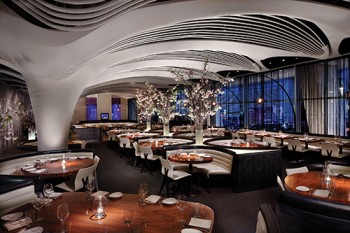| GFRG Meets Emerging Challenges | Wall And Ceiling |

Construction today places an unprecedented emphasis on building materials that support the achievement of ambitious green construction standards such as LEED 4.0, deliver superior product durability and design aesthetics, and reduce the time and cost of construction. Simultaneously, the boundaries of design have been extended by use of advanced 3D modelling software that allow for the creation of complex designs that commonly break from traditional architecture.

